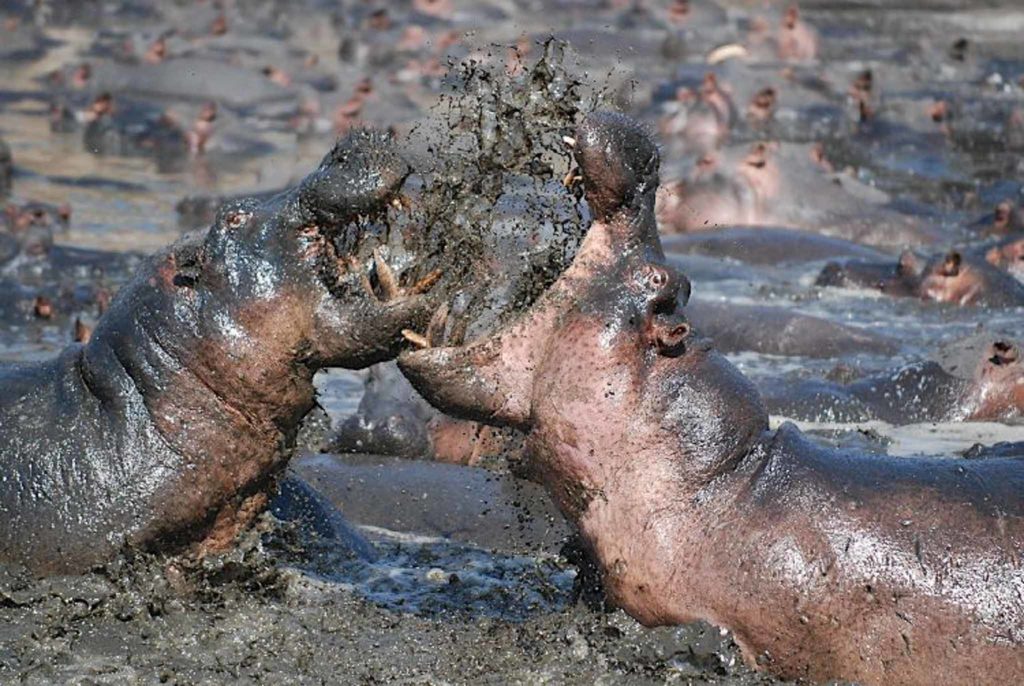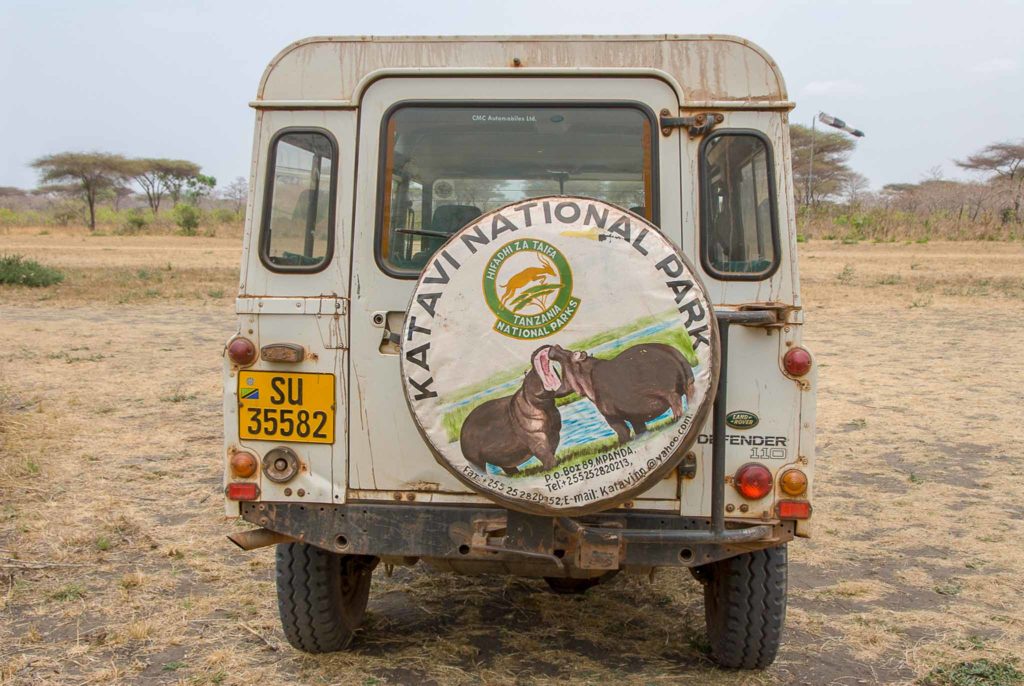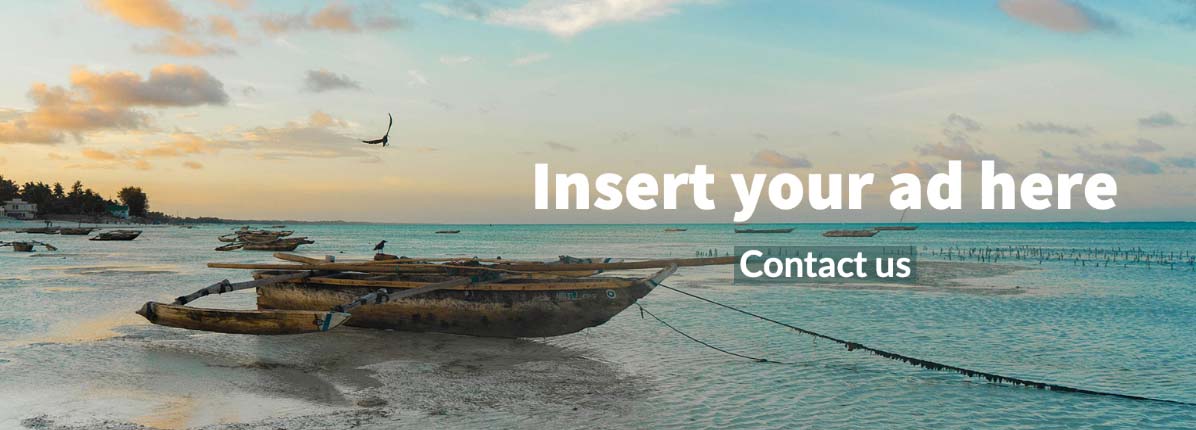Thousands of elephants and buffalos. The largest concentrations of hippos and crocodiles in all of Tanzania. Not to mention the many zebras, lions, giraffes, and monkeys that graze through this untouched natural park. All this in an area that gets fewer visitors each year (3135) than the number of square kilometers it covers (4500): Katavi National Park is the undiscovered gem of Tanzania par excellence.
Katavi National Park is located in southwestern Tanzania. The area is part of Africa’s Great Rift Valley, which stretches from Lebanon to Mozambique. The area is a natural cradle of seasonal lakes and migrations. During the rainy season, the swampy lakes are the refuge for countless waterfowl. But the icing on the cake has to be the many crocodiles and hippos that flock to these waters.
Experience the battle of the hippos
During the dry season, the water drains from the lakes and floodplains, leaving mud pools. Most of those mud pools are filled with hippos. More than two hundred hippos immerse themselves in each pool. That many animals in such a puddle can lead to fights for territory. Male hippos fight daily, where the loser must leave the pool and can only come back if he revenges himself with a fight.

In addition, it is estimated that more than 4,000 elephants migrate to the pools and puddles in Katavi Park along with thousands of buffalos, giraffes, zebras, and impalas. They are all looking for water and a place to cool off. That in turn attracts the attention of groups of lions and hyenas, who are on the hunt.
On Safari
It is possible to visit the park by means of a jeep safari. There is exactly one gravel road through the Katavi wilderness. Hold on tight, because it’s going to be a lot of off-roading. In a park this big, only twelve jeeps drive a day. Nature is at your feet. You can also brave Katavi on foot, with guided walks across the plains or through the forests. This gives more tranquility and the opportunity to spot birds or to immerse yourself in the trees and plants of the area.
It is possible to spend the night in the park, but do not expect extreme luxury. There are only a few lodges. The best is the Chada Lodge with pre-pitched tents on a wooden plateau among the trees. There are toilets, showers, and mosquito nets for your bed. There’s also seasonal campsites, where you can set up a tent or have it set up by the tour operator. There is a place for a campfire, but for other facilities such as a toilet visit or a shower, you have to rely on nature.

The Katabi Tree
The natural park is named after the Wabende tribe spirit: Katabi. Legend has it that the hunter spirit lives in a tamarind tree near Lake Katavi. Tanzanians still make offerings to the tree for a blessing from Katabi, which offers magical protection. If you are near the lake, it is definitely worth a visit.
Three thousand visitors a year
In the last count, 3,135 tourists went on safari in Katavi National Park in one year. For the third largest natural park in Tanzania with such diversity in animals and terrain, that figure is suspiciously low. The reason for this is that the park is relatively difficult to reach. There are two flights a week to the park from Dar or Arusha. Otherwise, it is more than a day’s drive from Mbeya or Kigoma. Please note: from Kigoma the road is only accessible in the dry season.
The best time to visit the park is in the dry season from June to October. In the rainy season from December to May, the campsites in the park are closed and you can only spend the night in the lodges. You’re also more likely to see all the animals during the dry season; when they gather at the park’s pools.
Psst. Enjoy the Serengeti as never seen and follow the Great Migration from your couch.!


Recent Comments